Guest blogger from CMAP encourages collaboration, new ideas for the future of transit
January 10, 2022
January 10, 2022
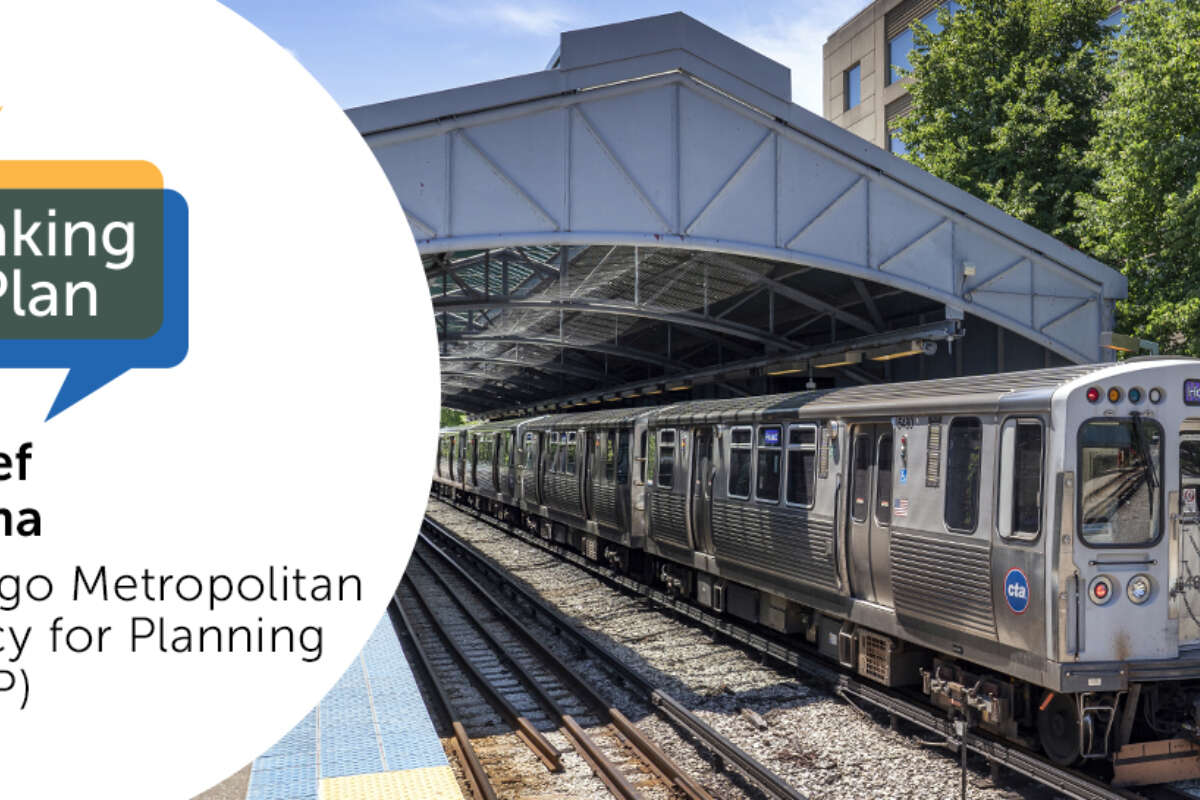
 The RTA is currently developing the 2023 Regional Transit Strategic Plan for Northeastern Illinois at a time when the challenges and opportunities facing our region’s transit system have never been greater. Making a Plan represents our effort to engage and collaborate with close stakeholders and the public. We have invited a group of transit users and thinkers to answer a set of questions for an occasional guest series on Connections, the RTA blog. The views represented in this series are not those of the RTA, but they are views we want to hear and have heard. If you have thoughts about this post, the strategic plan, or would like to participate by contributing a guest blog post, please email communications@rtachicago.org and subscribe to our newsletter to learn more.
The RTA is currently developing the 2023 Regional Transit Strategic Plan for Northeastern Illinois at a time when the challenges and opportunities facing our region’s transit system have never been greater. Making a Plan represents our effort to engage and collaborate with close stakeholders and the public. We have invited a group of transit users and thinkers to answer a set of questions for an occasional guest series on Connections, the RTA blog. The views represented in this series are not those of the RTA, but they are views we want to hear and have heard. If you have thoughts about this post, the strategic plan, or would like to participate by contributing a guest blog post, please email communications@rtachicago.org and subscribe to our newsletter to learn more.
Name: Yousef Salama
Organization or Affiliation: Chicago Metropolitan Agency for Planning (CMAP)
Role/Responsibilities: Deputy executive director of research, programming, and analysis.
Favorite transit mode or station?
Taking the CTA Red line — to either Addison station for Cubs games, or Sox-35th station for White Sox games.
Why are you passionate about public transit?
I’m proud to call Chicago home and serve a region that offers so many opportunities for people. In the past year, I moved here, got married, became a permanent resident of the U.S., and started a new career path at the Chicago Metropolitan Agency for Planning (CMAP).
And I’m passionate about public transit because it serves as a central function to our daily lives, whether it’s getting to a job, attending a sporting event, or seeing the doctor. It also connects us as residents to our communities and local businesses. I’ve been fortunate to live in some of North America’s largest cities — Toronto, Los Angeles, New York and now Chicago — and by far the best way I’ve experienced them is taking public transit. There is an elegant simplicity to riding the rails or bus, getting off at the station and walking around a community, getting a feel for the lived environment, and visiting local businesses.
Transit remains a vital part of this region’s strong quality of life and connectivity, and I’m committed to figuring out how to sustain and improve this service.
Mitigating the impacts of climate change, improving equitable access to opportunity, and supporting regional and local economic development and recovery are just a few of the critical opportunities to leverage the strength of our regional transit system. What is the biggest barrier to realizing these opportunities and how do we overcome it?
The biggest barrier is the status quo. To overcome that, our region needs to try new ideas and build new relationships to address longstanding challenges facing our regional transit system. Since joining CMAP, I’ve recognized that we are a powerhouse of data and intelligence. We need to build strategic relationships with academic partners, regional transportation agencies, the private sector and other stakeholders so that we can leverage this information to accomplish our mission and realize opportunities in bigger and better ways than we could alone.
History shows that when the public and private sectors come together, the region can make bold infrastructure investments that strengthen the economy. Public-private partnerships have helped northeastern Illinois untangle freight and passenger lines to reduce delays. Together, we can combine effective partnerships with innovative policy solutions to sustain transit and make our economy more resilient.
Looking ahead, what future force of change has the greatest potential to transform or disrupt our region’s transit system?
We are still living through the greatest disruptor to regional transportation. The pandemic instantly uprooted everyone’s way of life. It transformed how people get to work and do business. Ridership dropped across the regional transit system as remote work became more popular. But we have also seen how invaluable transit is to essential workers and better understand new opportunities to serve residents beyond their commutes
On the bright side, integrated fare technology — which enables people to pay for a variety of trip types/destinations — may have the greatest potential to transform the RTA system. One component could be an integrated monthly subscription. Often called “mobility as a service,” this could include a CTA/Metra/PACE monthly pass, an unlimited DIVVY Bikes Chicago membership, access to electric scooters and other low-speed vehicles, and credits for rides with rideshare or car-share providers. Connecting convenience to affordability and seamless experiences will be crucial in getting people back on transit.
What are your ideas for building the political will to invest in transit?
CMAP, RTA, and others need to bring together as many voices to the table as possible to advance solutions that support transit now and into the future. If we are coordinated and understand how we can maximize funding opportunities, we can bring home greater resources for northeastern Illinois.
The pandemic presents us with a chance to create meaningful change and reimagine regional transportation. RTA and many of our public and private partners already are helping CMAP plan for an equitable mobility recovery that can sustain the transit network and ease congestion. CMAP's Regional Economic Recovery Task Force recently wrapped up work that resulted in several key initiatives to build back a stronger economy. We look forward to continuing our collaboration for a more inclusive and thriving region.
The role of transit as the irreplaceable piece of our mobility system has been underscored by this pandemic. Data and survey results have shown how much essential workers, low-income riders, and residents of color have relied on it over the past year and a half especially. What is one priority action or strategy that the RTA should focus on to improve transit equity?
RTA’s long-term strategic plans have called attention to how prioritized investments can build on the existing strengths of the second largest public transit system in the country. CMAP couldn’t agree more. The whole region benefits when investments are targeted to communities that need it most. Residents across geographies, races, and income levels in our region share this view. In CMAP’s recent public opinion survey, 90% said they think transportation dollars should go toward communities with the highest needs.
The region has a rare opportunity to make more investments in innovative ways. The newly signed Infrastructure Investment and Jobs Act, for example, requires large, multi-million dollar projects to consider public-private partnerships as a supplement to the traditional funding and financing that comes from government. When the private sector helps invest in public improvements, it creates greater momentum for inclusive growth that can improve quality of life in communities of color and low-income communities.
What can we learn from efforts to advance equity in other public spheres and apply to transit to make a tangible difference?
Many advocates like Equiticity and the Center for Neighborhood Technology’s Transportation Equity Network are working hard to address inequities in northeastern Illinois. As regional planners and implementers, CMAP and other organizations must ensure we’re changing old policies and incorporating new metrics for a public transportation system that serves all residents better. CMAP research has shown outcomes for residents in economically disconnected areas tend to lag behind the region overall, with longer commutes and higher unemployment.
The region should look to successful community-driven projects that are advancing equity and assess how to apply those lessons to make transit better. CMAP is working with partners including Elevated Chicago to engage communities and support stronger transit-oriented developments in neighborhoods on the city’s south side with limited transit access. By replicating efforts that make a tangible difference in northeastern Illinois, we can get closer to a future where more people use transit to meet their needs.
Subscribe to our Newsletter
Related Articles
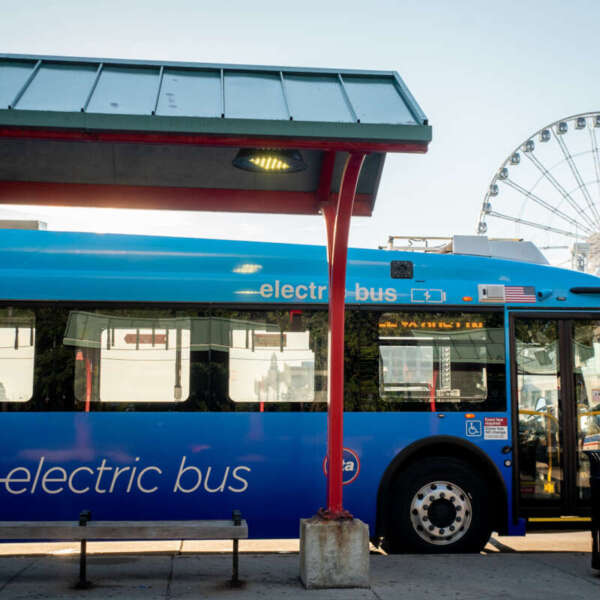 Transit is the answer to meeting Illinois’ climate goals
Transit is the answer to meeting Illinois’ climate goals
As we celebrate Earth Day 2024, the RTA is announcing Transforming Transit —the agency’s commitment to lead the Chicago region’s transit system into the futu...
April 18, 2024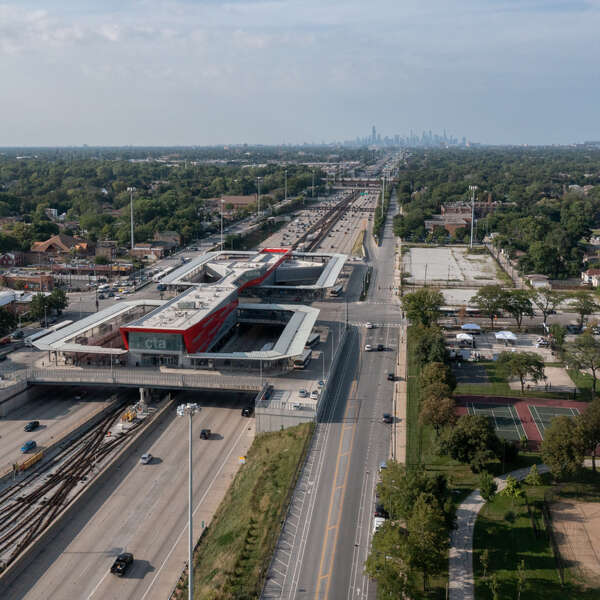 Three years into the Infrastructure Investment and Jobs Act, Chicago’s transit system is winning competitive grants and advancing critical projects
Three years into the Infrastructure Investment and Jobs Act, Chicago’s transit system is winning competitive grants and advancing critical projects
The Infrastructure Investment and Jobs Act (IIJA), passed in 2021, represented a historic level of federal investment for shoring up the nation’s infrastruct...
March 12, 2024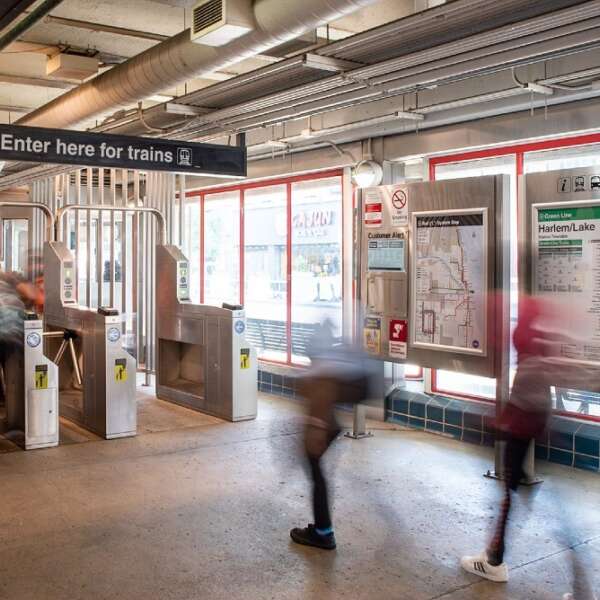 Why fully funding paratransit service and reduced fare programs is key to closing the transit budget gap
Why fully funding paratransit service and reduced fare programs is key to closing the transit budget gap
With transit facing a fiscal cliff in the coming years, fully funding critical programs like ADA paratransit service and free and reduced fare programs is on...
February 29, 2024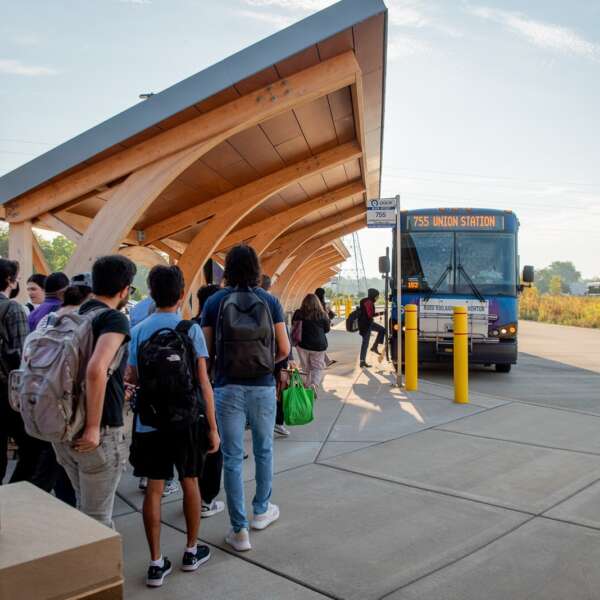 RTA releases semi-annual project management oversight report highlighting more than 100 capital projects
RTA releases semi-annual project management oversight report highlighting more than 100 capital projects
Under its Project Management Oversight (PMO) program, the RTA ensures that the Service Boards—CTA, Metra, and Pace—are spending capital funds and managing th...
January 3, 2024 New fare structure unveiled in Metra’s 2024 budget
New fare structure unveiled in Metra’s 2024 budget
This guest blog was written by Metra CEO/Executive Director James Derwinski. Learn more about the proposed 2024 Regional Transit Operating Budget and Capital...
November 16, 2023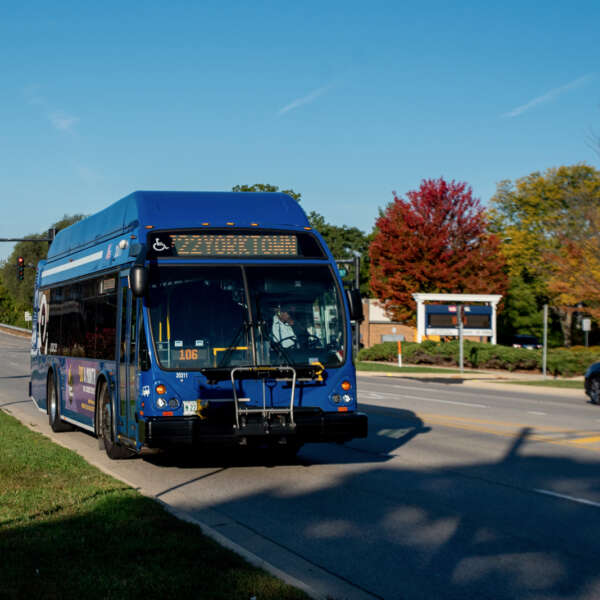 Melinda Metzger defines service and operating goals for Pace with 2024 budget
Melinda Metzger defines service and operating goals for Pace with 2024 budget
This guest blog was written by Pace Suburban Bus Executive Director, Melinda J. Metzger. Learn more about the proposed 2024 Regional Transit Operating Budget...
November 16, 2023